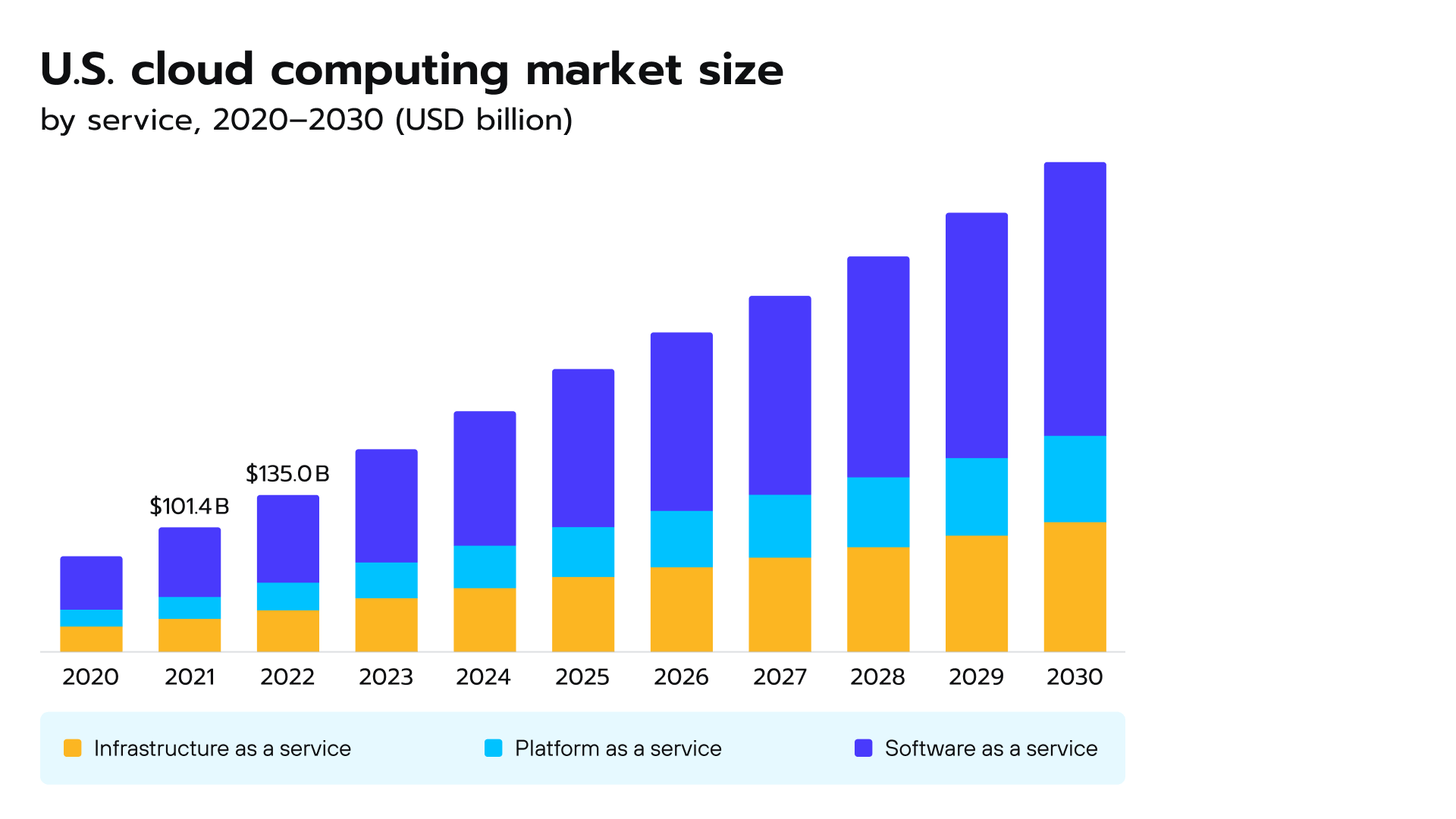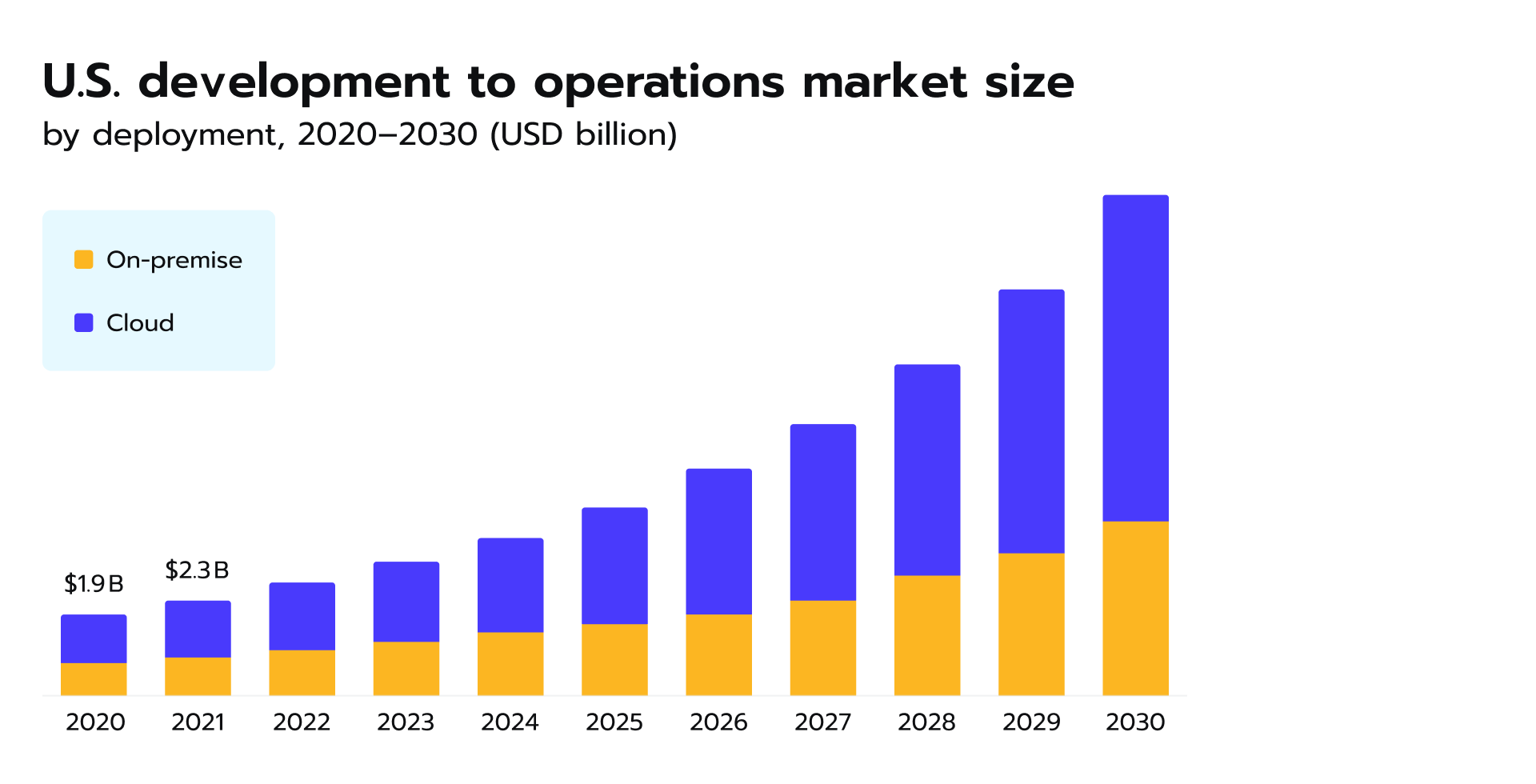Keeping all the insights mentioned above in mind, one can say that GitOps and DevOps were put together to create a unique approach better than GitOps and DevOps standing alone. Basically, GitOps can boost DevOps’s productivity. To illustrate, after experimenting with various infrastructure configurations, a team of Devs and Ops can appeal to a Git history to revert any given changes in order to restore a good state.
Essentially, this grants teams an undo button that saves time and work. Such an opportunity is possible because GitOps can be used to incorporate Git through the ensured software delivery process, making DevOps easier to orchestrate. After all, both GitOps and DevOps want the same thing: to eliminate the boundary between development and operations while making software delivery faster, smoother, and more reliable. Furthermore, GitOp Kubernetes and Openshift GitOps can be applied to the DevOps framework to automate pipeline workflows and achieve continuous deployment.
The next step in the GitOps and DevOps evolution
GitOps can aid DevOps by bringing more automation and granting the opportunity to reverse any changes easily. Coupled together, these two methodologies can go a long way. However, when it comes to a paradigmatic shift in faster software development and deployment, one cannot avoid mentioning cloud engineering. The U.S. cloud computing market is currently valued at $369 billion and is expected to skyrocket shortly (see Fig. 3). Figure 3. U.S. cloud computing market size
Figure 3. U.S. cloud computing market size
The cloud engineering platform is predicted to be the climax of everything. Devs and Ops learned this while developing and delivering software. The rate of innovation that includes modern cloud technologies is truly immense. This up and coming philosophy dictates that developers must be equipped with elements allowing them to self-serve and be less reliant on external tools.
What is more, cloud engineering helps tackle one of the biggest concerns developers have – how to manage to scale? Any infrastructure change requires input or change through a CI/CD pipeline. With new features added with cloud engineering, developers are given an underlying language-neutral model allowing them to write packages that can be used across different ecosystems and programming languages. Cloud engineering is the next step of evolution in DevOps because it optimizes development across different environments.
Wrapping up
GitOps is neither better nor worse than DevOps. Furthermore, GitOps without DevOps does not have a future. The scope needs to be changed and directed at further investigating how the approach can aid DevOps. It is unlikely that GitOps will become something bigger than DevOps. It is more likely that working together, the methodologies will give rise to the approach of redefining the aspects, like a collaboration between Devs and Ops, as well as bringing automation into the picture. Like with any given technological solution, switching to the GitOps-only approach will not fix all the issues with deployment. However, coupling GitOps with DevOps will bring you closer to a faster, smoother, and sustainable deployment and delivery.
If you want Avenga to help you with DevOps and GitOps in software development, feel free to contact us.


 Figure 1.
Figure 1.  Figure 2.
Figure 2.  Figure 3
Figure 3






